In Marathi, a Salt Pan is known as Mithagar. The natural way of extracting salt is through solar evaporation. According to howstuffworks.com, the Salt is harvested through solar evaporation from seawater, salt lakes or artificial ponds. The wind and the sun evaporate the water from shallow pools, leaving the salt behind. It is usually harvested once a year when the salt reaches a specific thickness. After harvest, the salt is washed, drained, cleaned and refined. This is the purest way to harvest salt, often resulting in nearly 100 percent sodium chloride [1].
The salt pans are big square or rectangular like formations made within the pond/pan separated by levees, an artifical constructed small fill or wall. I came across similar type of salt pans at the outer part of Shiroda village on the road adjoining Shiroda and Redi village through a bridge.These salt pans are
spread across on both sides of this road. Shiroda is a small village situated on the west coast in Konkan region of Maharashtra. It belongs in Vengurla taluka of Sindhudurg district. This village is known for its participation in the Salt Satygraha.
In 1930, Mahatma Gandhi appealed people to protest against the increase in salt tax and monopoly of East India Company selling salt across India. During this period, Indian salt manufacturers were forced to stop producing natural salt through seawaters by the government. There was a big protest across India specific to coastal region against the East India company. This entire movement of protest was named as the Salt Satyagraha which was started from a village known as Dandi in Gujarat state. It was also known as Dandi March and Dandi Satyagrahan[2].
The Salt Satyagraha chapter of the ‘Civil Disobedience Movement in Maharashtra’ research paper written by Mr. Ankush Laxman Belvatkar mentions about the importance of Shiroda Salt Satyagraha in the history of Freedom Movement in Maharashtra and the Civil Disobedience Movement. He highlights that the satyagraha in Shiroda was the first of its type in the whole of India, because more radical programme was adopted there. Salt pans were plundered. National flags were hoisted, salt was sold either in the local markets or sent to other markets. This was done in consensus with local salt sellers as the objective was to evade the salt tax[3].
Shiroda being close to sea there were around 15-16 salt pans spread across miles. The Maharashtra Congress war council had decided to start salt satyagraha at Shiroda and appealed to volunteers/satyagrahis to assemble in Shiroda on 12th May 1930. On 10th May, different batches of Satyagrahis reached at Shiroda from various neary districts such as Mumbai, Thane, Jalgaon, Pune, Satara, Sholapur, Ahmednagar, Nasik and Belgaum. Around 600 satyagrahis assembled at Shiroda for the proposed salt satyagraha. Out of which 350 were arrested during the entire protest period.
Most of the local newspapers condemned the inhuman atrocities of the police. Lot of satyagrahis were injured during this protest. The villagers supplied bread and other food materials to the volunteers. However there was no support for the government servants. They could not get any food material in the village. After some days they became restless and couldn’t stay for long. The peoples non-cooperation with government was successful. It is said that for 11 days, there was ‘People Raj’ in Shiroda.
The sacrifices made by satyagrahis of Shiroda village and other satyagrahis who came to Shiroda to support this movement stands out in history of India and finds it place in various books written on Salt Satyagraha of India. As I stand on this historic land to capture photos of these salt pans, the entire episode of Shiroda salt satyagraha flashes in my mind. Here are some photos of salt pans still present in Shiroda. It’s a part of Indian history which will be there forever and our next generation whoever visits Shiroda will be always curious to know what exactly happened during the Salt Satyagraha in Shiroda.
Read more about the Salt Satyagraha in the research paper written by
Mr. Ankush Laxman Belvatkar.
References:
1. Salt Mining
2. Salt March
3. Civil Disobedience Movement of Maharashtra by Mr. Ankush Laxman Belvatkar




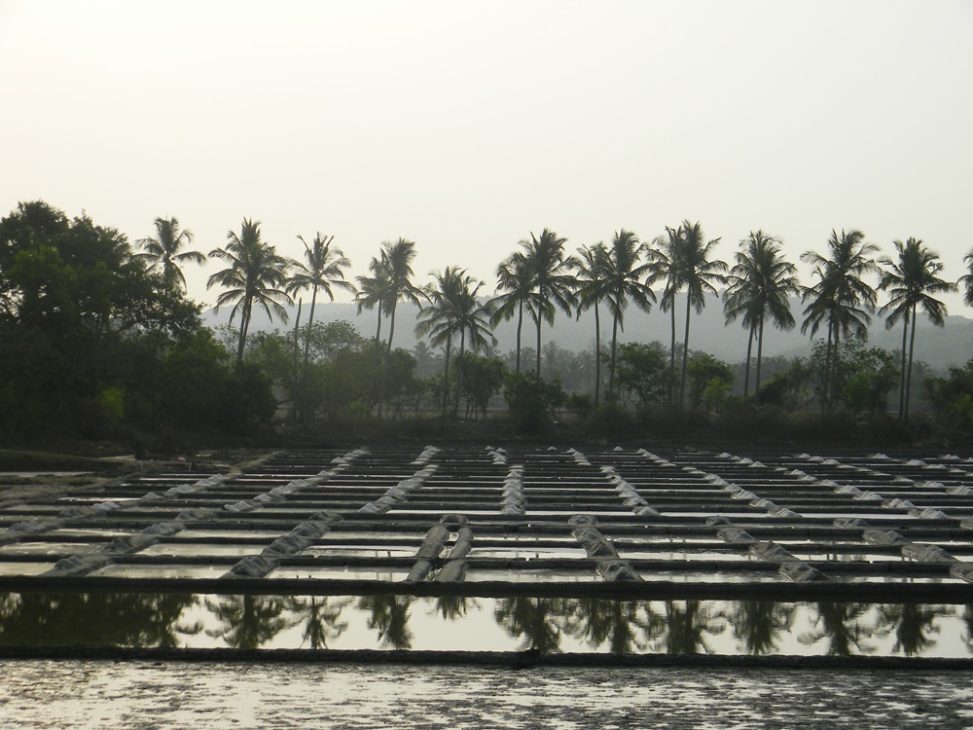

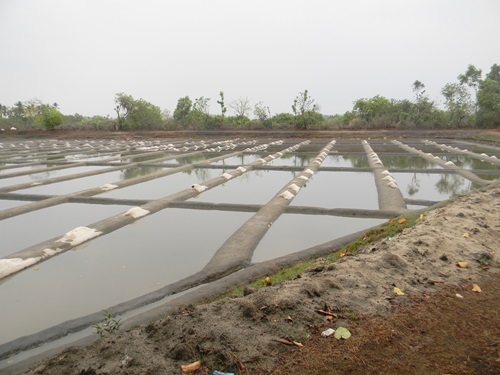
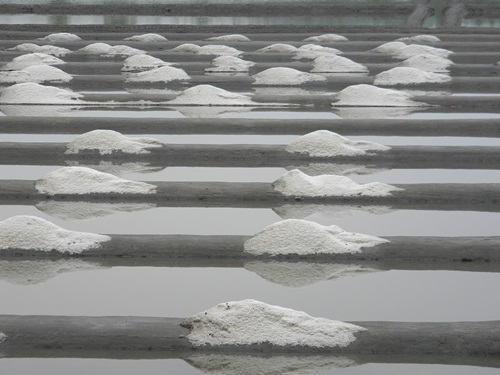
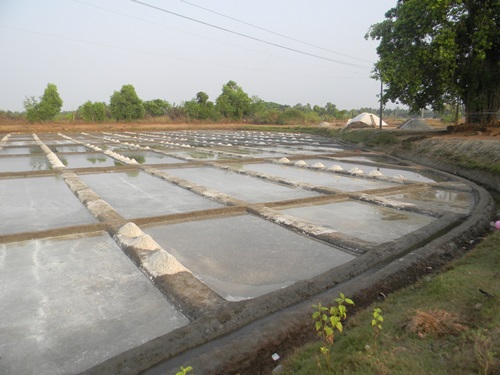
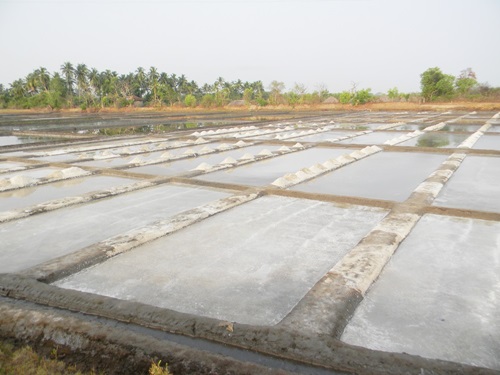
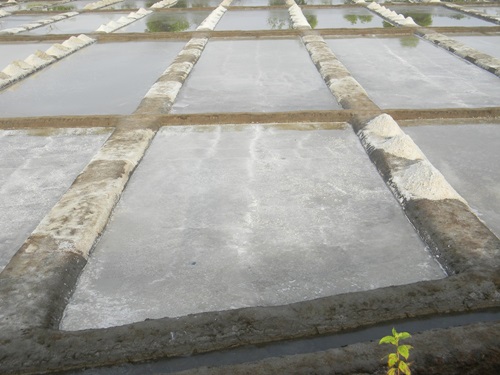
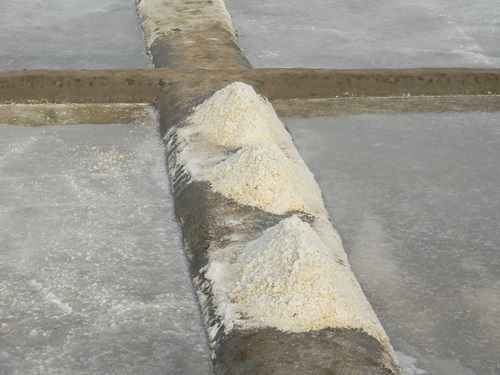
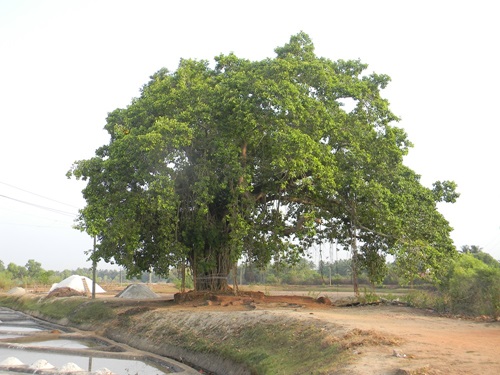
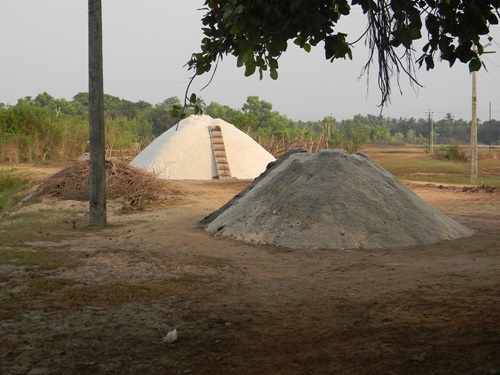
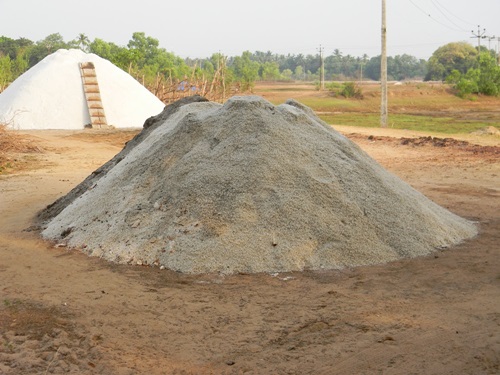
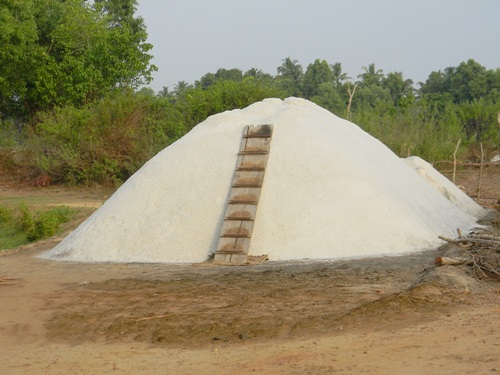
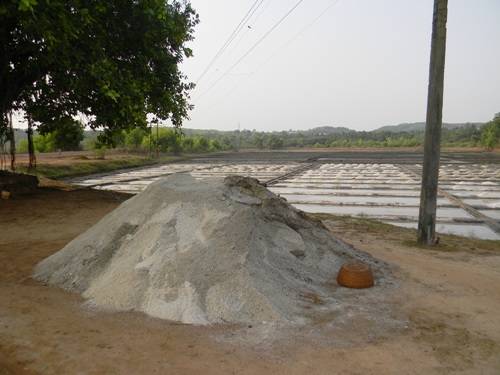
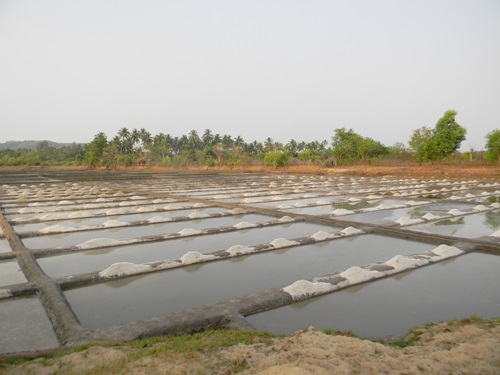
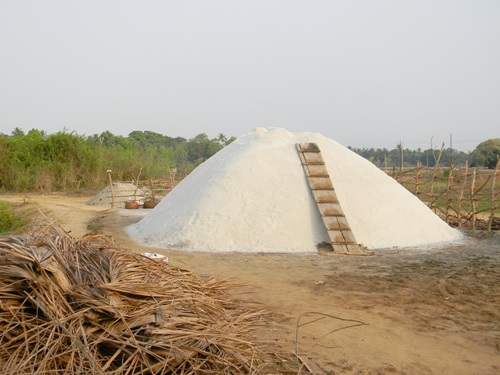
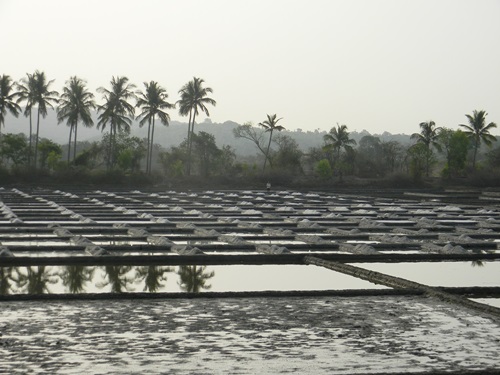
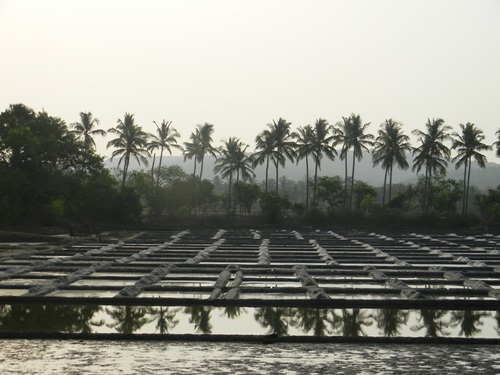
magiceye
Interesting history and lovely images to show salt farming.
Sachin Baikar
I’m glad you liked the post ☺ Deepak.
Thanks for stopping by and sharing your comments ☺
Jyotirmoy Sarkar
Very much informative post with the amazing captures, enjoyed throughout.
Sachin Baikar
Thanks a lot for your appreciation ☺ Jyotirmoy
rupam { xhobdo }
Nice to read about Shiroda Mithagar. Thanks for the post and pics.
Sachin Baikar
Thanks Rupam ☺
Girish Mankame
Very informative. Nice photographs.
Abhisek Nayak
It was very nice to know about this history.
Sachin Baikar
Thanks for stopping by and sharing your comments ☺ Abhishek
Rajneesh
प्रभावी !!!
शुभकामना
आर्यावर्त
Sachin Baikar
धन्यवाद रजनीश जी ☺
pushpendra dwivedi
interesting historical post thanks to sharing
Sachin Baikar
Thanks Pushpendra ☺
Anagha Yatin
Well researched post!
Thanks for sharing Shiroda through your narration and pics, Sachin.
Sachin Baikar
Thanks for your appreciation ☺ Anagha
Mridula
While it looks scenic who would think there is so much history behind the place!
Neeraj Kumar
A very well researched post with informative pics.
Sachin Baikar
Thanks Neeraj ☺
Rupali
Thanks for sharing such historical information of importance.
The photos are perfectly showing the details of mithagar
Sachin Baikar
Thanks for your appreciation ☺ Rupali